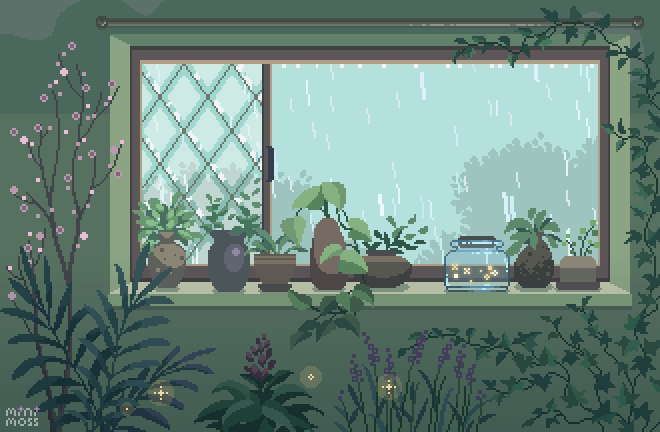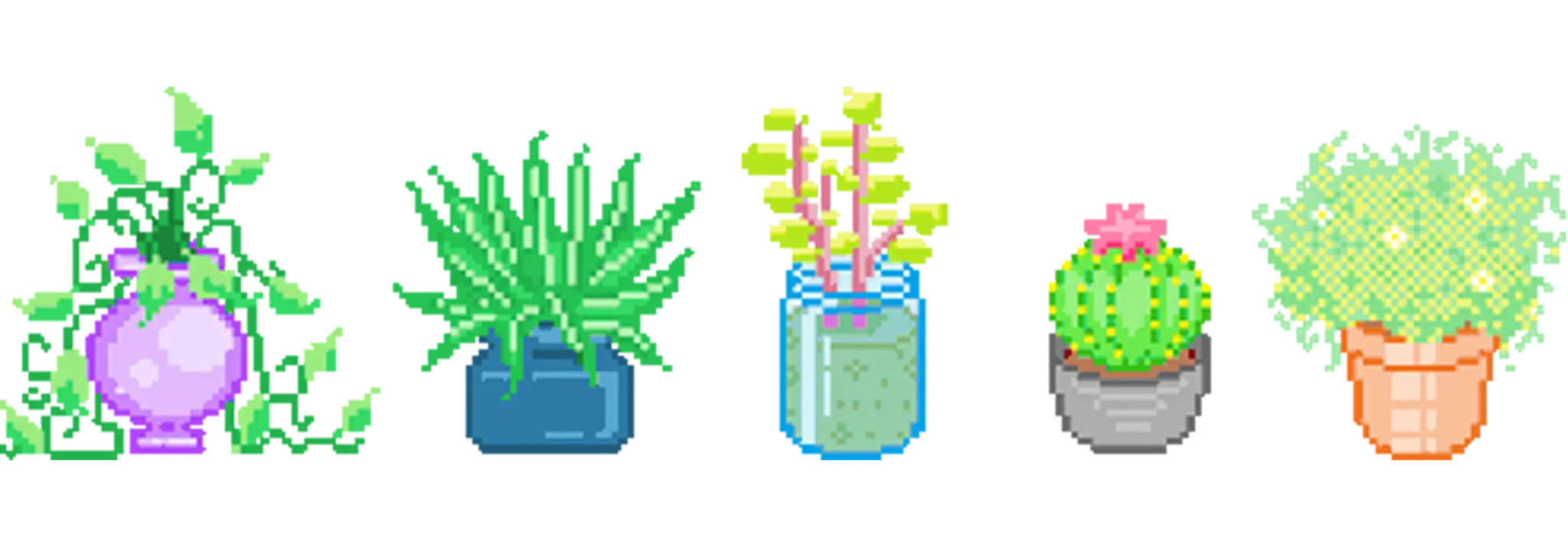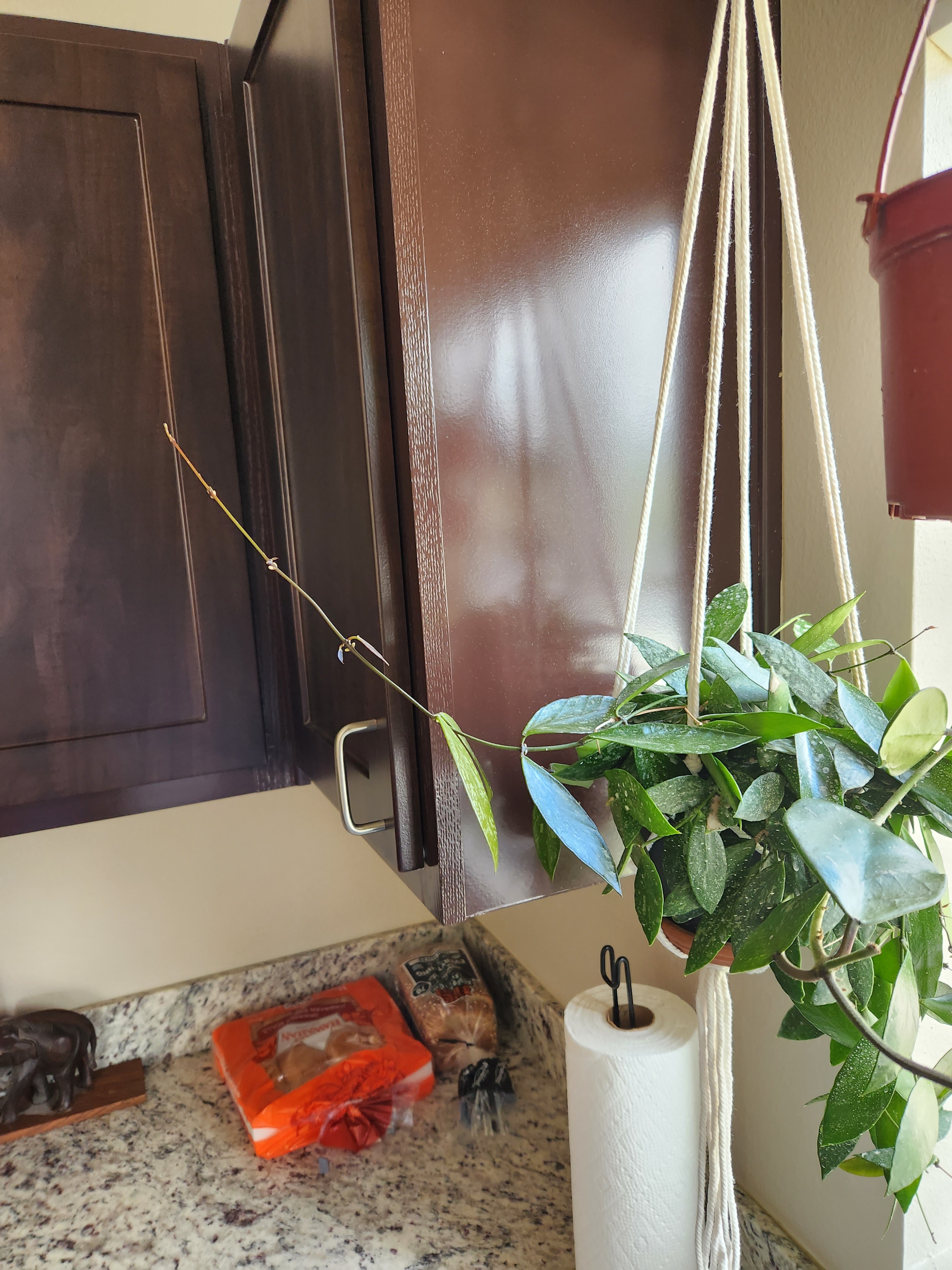Flat mites are becoming super common in the Hoya world, but because they're so hard to see and do damage so slowly most people don't know about them. A lot of cases of plants failing to thrive, never growing, or just looking sickly and slowly dying may be due to flat mites. You can see them easily with a cheap handheld magnifier, usually on the underside of leaves near the base.
Check out this link for more info: https://vermonthoyas.com/2022/11/09/lets-talk-about-the-new-hoya-scourge-the-flat-mite/
To cut to the chase, mix 2 tbs of sulfur with a gallon of water, shake vigorously, and put it in your sprayer. Shake frequently while spraying. Do it outside, we call it farting on our plants for a reason...
The gracilis (memoria?) pictured looked OK but it was next to patient zero, a fitchii that is just now coming back from the brink of death. The gracilis is suddenly growing like mad a month after farting. I left the sulfur residue on the leaves as a preventative so you can easily tell the new growth from old.



